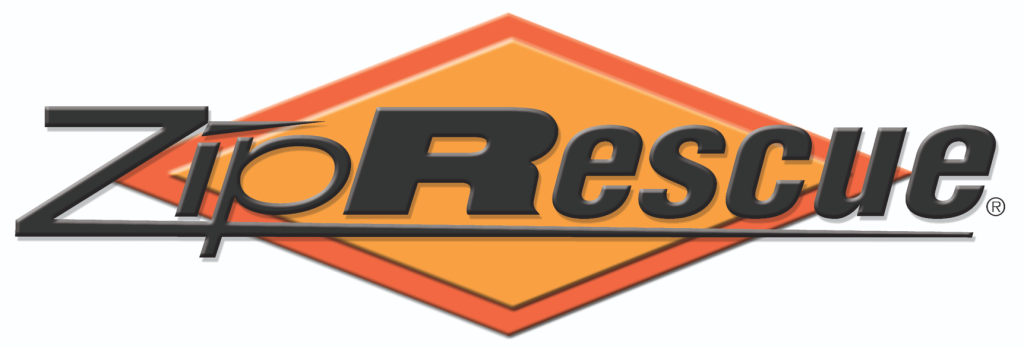Project Highlight: Riverbanks Zoo & Garden
I speak for the entire team when I say it was an absolute pleasure getting to work with you this summer! Your professionalism and commitment were greatly appreciated, as well as the patience and compassion you showed towards everyone you interacted with. The documentation was fantastic, and it was great seeing your attention to detail and consistent communication regarding updates to both the B77 plan and our equipment kits.
I’d also like to pass on compliments from both Fire Rescue teams who were very impressed with your knowledge and skills
According to the South Carolina Department of Labor, Licensing and Regulation requirements (referencing code ANSI B77.1-2022, Section 3.3.2.5.7 Evacuation), an aerial tramway owner shall be responsible for the development, training, implementation, documentation and annual review of a plan for evacuation of passengers and personnel from each aerial lift. We were contracted to assist the Riverbanks Zoo and Gardens from start to finish to meet this requirement and ensure the timely operation of their new gondola.
Customized ANSI B77 Evacuation Plan
Our first step was to create a tailored ANSI B77 Evacuation Plan, specifically designed for Riverbanks Zoo’s unique gondola system and terrain. We conducted a thorough initial site survey to confirm tramway and cabin specifications, determine evacuation methods, and identify the necessary equipment and rope lengths. This also included confirming tower and platform configurations to finalize the evacuation plan, which was shared with the client on a collaborative document.
Onsite Training and Documentation
We developed a comprehensive course curriculum for a 5-day onsite training program. Alongside this, we created customized training documentation and equipment inspection forms, ensuring that the training was thorough and aligned with the specific needs of the Riverbanks Zoo evacuation rescue team.
Pre-Training Preparations
Two days before the training commenced, our ZipRescue team meticulously prepared for the upcoming sessions. We inventoried and assembled team member kits and evacuation kits, created the necessary training documents and equipment inspection logbooks, labeled the evacuation kit bags, and briefed the assistant trainers on the program. Final edits to the B77 plan were made during this time to ensure everything was up to date and accurate.
Onsite Training Details
The 5-day training session began with a comprehensive introduction to rescue basics and the ANSI B77 Evacuation Plan. We focused on technician packs, emphasizing proper equipment usage, PPE, and safety protocols. Participants practiced tower climbing, work positioning, fall arrest techniques, and rope handling, all essential for safe gondola evacuation.
Throughout the training, we delved into the ANSI B77.1-2022 plan that we had developed, thoroughly covering all the elements that the document outlines . The team practiced ascending and descending the lift towers, operating the cabin evacuation kits, executing cabin entry and exit strategies and riding the cable to access cabins along the spans between towers. As mandated in the B77.1-2022 document, the training included lowering methods for large adults, children, infants, infirm and elderly passengers.
Every aerial tramway has unique terrain considerations that ultimately determine the specific methods and equipment that we choose for a safe and effective evacuation. The Riverbanks Zoo gondola spans the 300-foot-wide Saluda River, posing a challenge that our team met by organizing a collaboration between the Riverbanks Zoo and two local Swift Water Rescue teams from the Columbia and West Columbia Fire Department Rescue Units.
By Day 5, the Riverbanks Zoo trainees were able to run full evacuation scenarios that involved multiple cabin evacuations, riding the cable to mid span cabins and lowering passengers to the ground or the Swift Water Rescue boats, all under the supervision of our experienced ZipRescue team. The training concluded with a course wrap-up and team debrief, ensuring that the Riverbanks Zoo staff were fully equipped and prepared to handle their role in the event that a gondola evacuation becomes necessary.
Conclusion
The project concluded with our direct oversight of the Riverbanks Zoo gondola evacuation team while they successfully demonstrated the required multi-passenger cabin evacuation to several South Carolina LLR evaluators. The team passed the test with compliments from the State evaluators for an exceptional performance of cabin evacuation skills. Riverbanks Zoo found our step-by-step preparation, guidance, and instruction throughout this process exceeded their expectations and were essential for meeting their scheduled deadline to open the new gondola to the public.























